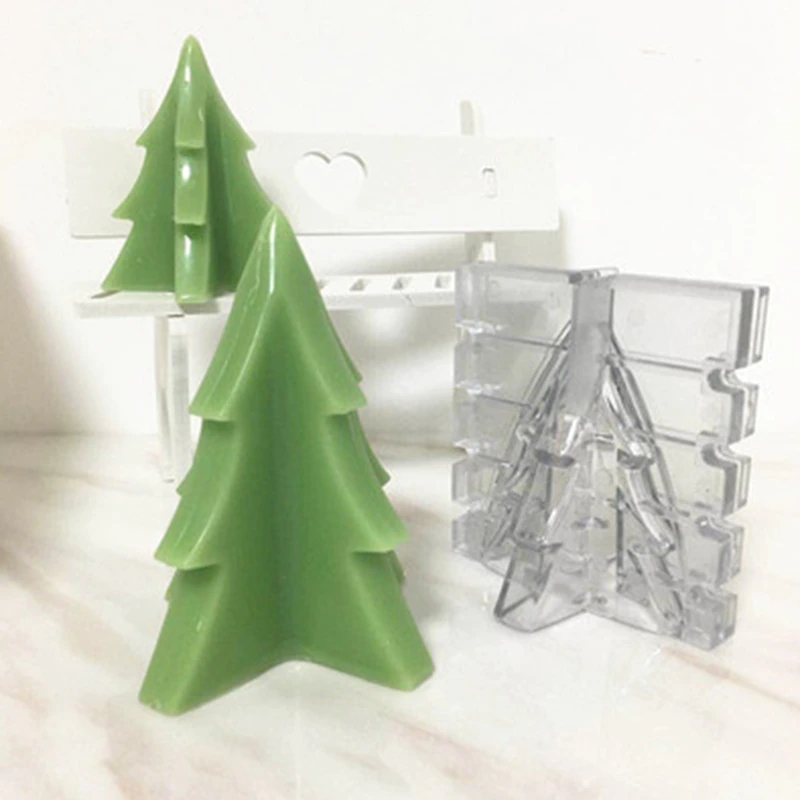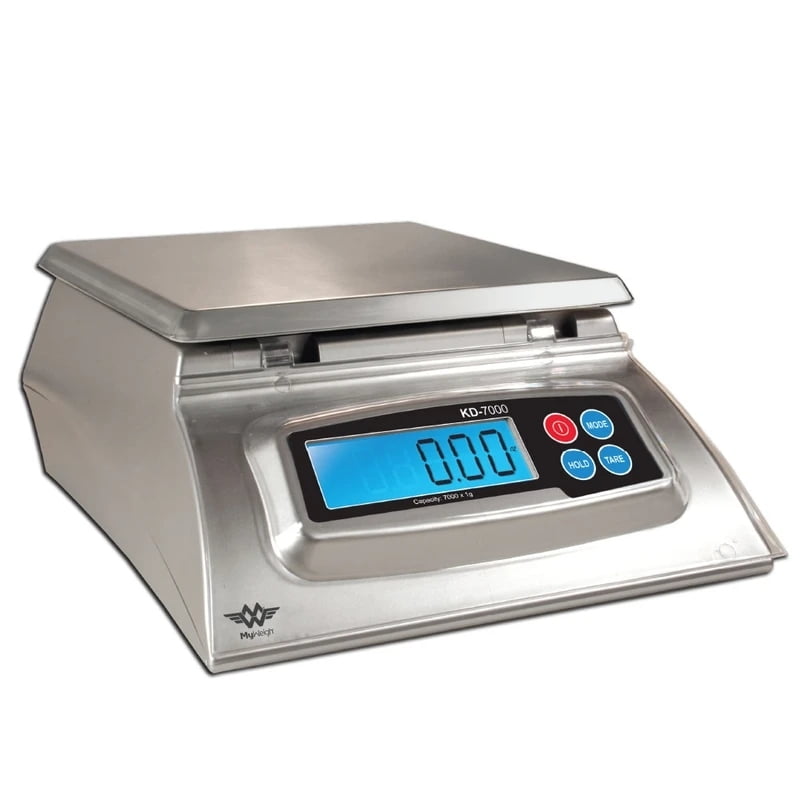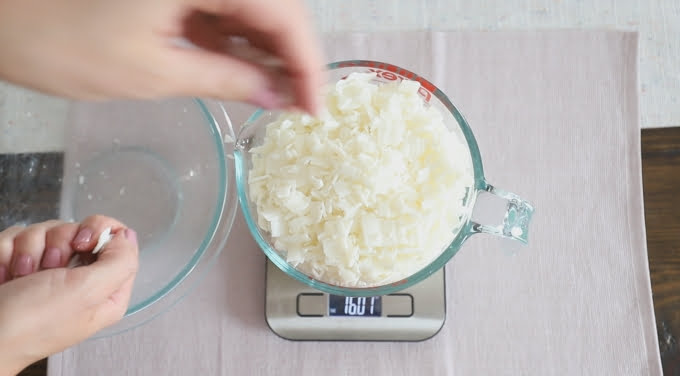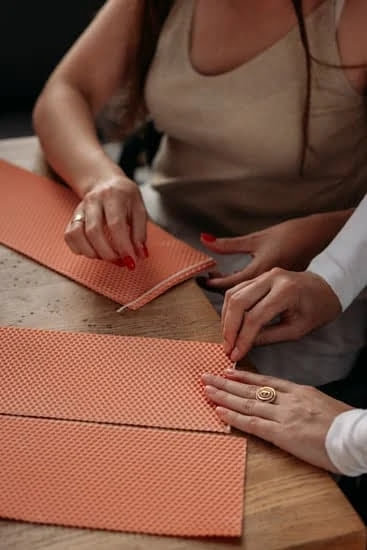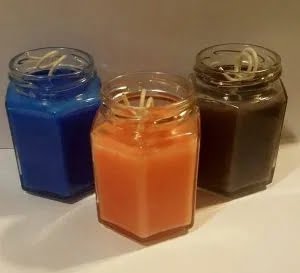Are you intrigued by the idea of creating your own candles from scratch? If so, a candle making starter pack is the perfect place to begin your journey into this popular hobby. From choosing the right wax to selecting the perfect fragrance and color options, there’s no shortage of creativity when it comes to making your own candles.
For many people, candle making is not just a craft, but a therapeutic and rewarding experience. The process of creating something beautiful and functional with your own hands can be incredibly satisfying. Whether you’re looking for a new hobby or want to add a personal touch to your home decor, getting started with a candle making starter pack is an exciting venture.
In this article, we’ll take you through the essential tools and materials you’ll need as a beginner in candle making. We’ll also explore the different types of candle wax, offer tips on selecting the perfect fragrance for your candles, discuss various color options, provide a step-by-step guide for the candle making process, troubleshoot common issues that may arise, and share important safety precautions to keep in mind throughout your candle making journey.
So let’s dive in and discover the art of creating beautiful candles from scratch.
Getting Started
Are you interested in exploring the art of candle making? To begin your journey into this creative and fulfilling craft, it’s essential to have the right tools and materials at your disposal. A candle making starter pack is a convenient option for beginners, as it typically includes everything you need to get started on your first project. This comprehensive set usually contains items such as a melting pot, thermometer, wax, wicks, fragrance oils, and colorants.
One of the most important components of a candle making starter pack is the wax. There are several types of wax to choose from, including paraffin, soy, beeswax, and more. Each type of wax has its unique characteristics and benefits, so it’s essential to understand the differences before selecting the right one for your candles.
In addition to the wax, wicks are another crucial element in candle making. Wicks come in various sizes and materials, such as cotton or wood. The size and type of wick you choose will depend on the diameter of your candle container and the type of wax you’re using.
Selecting the appropriate wick is crucial for ensuring that your candles burn evenly and safely. With a well-equipped candle making starter pack, you’ll have all the necessary tools and materials to begin your candle making journey with confidence and ease.
Choosing the Right Wax
Candle making is a popular and rewarding hobby that allows you to create your own custom scented and colored candles. One of the most important decisions you’ll make as a beginner candle maker is choosing the right wax for your project. There are several different types of candle wax available, each with its own unique characteristics and benefits.
When it comes to choosing the right wax for your candles, it’s essential to understand the different options available to you. Here are some of the most common types of candle wax used in candle making:
- Paraffin Wax: This type of wax is a popular choice for many beginner candle makers due to its low cost and ease of use. It has a high fragrance capacity and can hold color well.
- Soy Wax: Made from soybean oil, soy wax is a natural and renewable alternative to paraffin wax. It burns cleaner and longer than paraffin wax and is biodegradable.
- Beeswax: Known for its natural scent and clean burn, beeswax is a premium option for candle making. It has a naturally golden color that adds a warm glow to candles.
- Coconut Wax: Made from the meat of coconuts, this type of wax has excellent fragrance retention and provides a smooth, creamy appearance to candles.
As you consider the type of wax to use for your candle making starter pack, it’s important to think about factors such as cost, fragrance capacity, burn time, and sustainability. Experimenting with different types of candle wax can also help you discover which one works best for your specific needs as a beginner candle maker.
Scent Selection
When it comes to creating your own candles, selecting the perfect fragrance is a crucial step in the candle making process. The right scent can set the mood and ambiance of any room, and it is important to choose a fragrance that aligns with your personal preferences or the theme of your candles. Here are some tips for picking the perfect fragrance for your candles.
Understanding Fragrance Notes
Before selecting a scent for your candles, it’s important to understand fragrance notes. Fragrances are typically categorized into top, middle, and base notes. Top notes are the first scents you smell when you initially light the candle, while middle notes emerge once the candle has been burning for a while, and base notes are the lingering scents that remain after the candle has been extinguished.
Considering Your Preferences
When choosing a fragrance for your candles, consider scents that you personally enjoy. Whether you prefer floral, fruity, woody, or spicy scents, there is a wide variety of fragrances available for candle making. It’s essential to select scents that resonate with you as they will infuse your space with an aroma that brings joy and comfort.
Testing Different Scents
Once you have narrowed down potential fragrances for your candles, consider doing small test batches using different scents before committing to a larger batch. This allows you to evaluate how each fragrance performs in terms of hot and cold throw (the strength of the fragrance when lit or unlit) and how long-lasting they are.
By testing different options, you can ensure that you achieve the perfect scent for your homemade candles before making a larger quantity using your candle making starter pack.
Color Options
When it comes to adding color to your homemade candles, there are a variety of options to choose from. Determining the right method for coloring your candles will depend on the type of wax you are using and the desired outcome for your finished product. Here are some popular ways to add color to your candles:
- Liquid Candle Dye: This type of dye is specifically formulated for candle making and is easy to use. It comes in a wide range of colors, allowing you to create custom shades for your candles.
- Dye Blocks or Chips: These concentrated colorants are available in solid form and can be added directly to the melted wax. They are great for achieving deeper, more vivid colors in your candles.
- Natural Ingredients: Some candle makers prefer to use natural substances such as spices, herbs, or powdered pigments to color their candles. While this can produce unique and organic hues, it’s important to note that not all natural ingredients are suitable for use in candle making.
Before adding any colorants to your wax, it’s essential to conduct thorough research and testing. The type of wax you’re using and the specific instructions provided with your candle making starter pack will dictate which coloring method is best suited for your project. Keep in mind that certain dyes or additives may affect the burn performance of your candles, so always follow guidelines carefully.
Overall, experimenting with different color options can add an artistic flair to your candle making endeavors. Whether you prefer vibrant hues or soft pastels, finding the perfect combination of color and fragrance will allow you to create one-of-a-kind candles that reflect your personal style and creativity.
Step-by-Step Guide
Candle making is a relaxing and rewarding hobby that allows you to create your own custom candles. With a candle making starter pack, you can easily begin this fun and creative craft right at home. In this section, we will provide a detailed walkthrough of the candle making process, from preparing the materials to pouring the wax and adding scent and color.
Materials Preparation
Before you start making your candles, gather all the essential tools and materials in one place. This includes a double boiler or melting pot, thermometer, stirring utensil, candle wicks, containers, fragrance oil or essential oil, dye chips or liquid candle dye, and of course, the chosen type of wax. Ensure your work area is clean and well-ventilated before starting.
Melting the Wax
The first step in creating your own candles is melting the wax. Using a double boiler or melting pot, heat the wax to the recommended temperature according to the type of wax being used. It’s crucial to monitor the temperature with a thermometer to prevent overheating.
Adding Scent and Color
Once the wax has reached its proper melting temperature, it’s time to add fragrance oil or essential oil for scent. The recommended amount of fragrance oil varies depending on the type of wax being used. Additionally, if desired, add dye chips or liquid candle dye to achieve your desired color. Carefully stir these additives into the melted wax until they are evenly distributed.
By following these steps carefully and using your new candle making starter pack, you’ll be able to create beautiful and aromatic candles right from home – perfect for personal use or gifting to friends and family.
Troubleshooting
As with any craft, candle making can come with its own set of challenges and common issues that beginners may encounter. However, with the right knowledge and know-how, these problems are easily fixable. One common issue that many beginners face is uneven burning.
This can be caused by using the wrong size wick for your candle or not properly centering the wick when pouring the wax. To fix this issue, ensure that you are using the correct size wick for the diameter of your candle and take extra care when placing and securing the wick in the center of the container.
Another common problem in candle making is frosting or mottling on the surface of the candle. Frosting occurs when the wax cools too quickly, causing a cloudy or white appearance on the surface of the candle. Mottling is a similar issue where the color appears blotchy or marbled.
To prevent these problems, try pouring your wax at a slightly higher temperature and avoid exposing your candles to rapid temperature changes after they have been poured. In some cases, adding a small amount of stearin or vybar to your wax can also help reduce frosting.
One more issue that beginner candle makers may face is tunneling, which happens when a hole forms down the center of the candle as it burns, leaving unused wax around the edges. This can be avoided by allowing your candles to burn long enough for a full melt pool to form across the entire surface during each use.
If tunneling has already occurred, consider remelting any remaining wax to fill in the hole and create an even surface for future burns.
| Common Candle Making Issues | How to Fix Them |
|---|---|
| Uneven Burning | Use correct size wick and properly center it |
| Frosting/Mottling | Pour wax at higher temperature; avoid rapid temperature changes; consider adding stearin or vybar |
| Tunneling | Burn candles long enough for full melt pool; remelt remaining wax if tunneling has occurred |
Safety Precautions
When venturing into the world of candle making, it’s crucial to prioritize safety to avoid accidents and injuries. One of the most important safety precautions is to always work in a well-ventilated area, as candle making involves melting wax and handling fragrances that can release harmful fumes. Additionally, it’s essential to have a fire extinguisher nearby and never leave melting wax unattended.
Another important safety tip is to use the appropriate personal protective equipment (PPE), such as gloves and safety goggles, to protect yourself from potential burns or splashes of hot wax. It’s also recommended to have a first aid kit on hand in case of any minor accidents. Lastly, when working with fragrances and dyes, be sure to carefully read the labels and follow the recommended usage guidelines to avoid any adverse reactions or health issues.
In addition to these general safety precautions, it’s important for beginners to educate themselves about the specific risks and hazards associated with candle making. By understanding how to handle hot wax, prevent fires, and react in emergency situations, beginners can minimize the chances of accidents occurring during their candle making processes.
| Safety Precaution | Importance |
|---|---|
| Well-ventilated area | Avoiding harmful fumes |
| Use of personal protective equipment | Preventing burns or splashes |
| Educate about specific risks | Minimizing accidents during candle making processes |
Conclusion
In conclusion, delving into the world of candle making can be a deeply satisfying and rewarding experience. With the right tools, materials, and knowledge, anyone can create their own unique and personalized candles from scratch. Whether you are crafting them for personal use or as gifts for loved ones, the sense of accomplishment from creating something beautiful and functional with your own hands is truly unmatched.
By choosing the right wax, selecting the perfect fragrance, and exploring various color options, you can customize your candles to suit any occasion or preference. Following a step-by-step guide and being aware of common troubleshooting issues can help ensure that your candle making process goes smoothly and yields high-quality results. Additionally, prioritizing safety precautions throughout the entire process is essential to protect yourself and others from potential hazards.
Ultimately, investing in a candle making starter pack is not just about acquiring the necessary tools and materials-it is about embarking on a creative journey that allows you to express yourself through a timeless craft. So why not give it a try? The joy of turning simple ingredients into something beautiful and useful is an experience like no other. Start your candle making journey today and discover the fulfillment that comes with creating your own handcrafted candles from scratch.
Frequently Asked Questions
What Do I Need to Start Making Candles?
To start making candles, you will need wax, wicks, a double boiler or melting pot, fragrance oils or essential oils for scent, a thermometer, and a container to pour the wax into. You may also need dye chips for colored candles.
Are Candle Making Kits Worth It?
Candle making kits can be worth it for beginners as they usually contain all the necessary materials and instructions in one package. This makes it easier to get started without having to source individual components separately.
How Many Candles Does 5lbs of Wax Make?
The number of candles that 5lbs of wax can make depends on the size of the candles you are making. On average, 5lbs of wax can produce around 15-20 medium-sized candles. This estimation may vary based on factors like container size and wax type used.

Welcome to my candle making blog! In this blog, I will be sharing my tips and tricks for making candles. I will also be sharing some of my favorite recipes.

